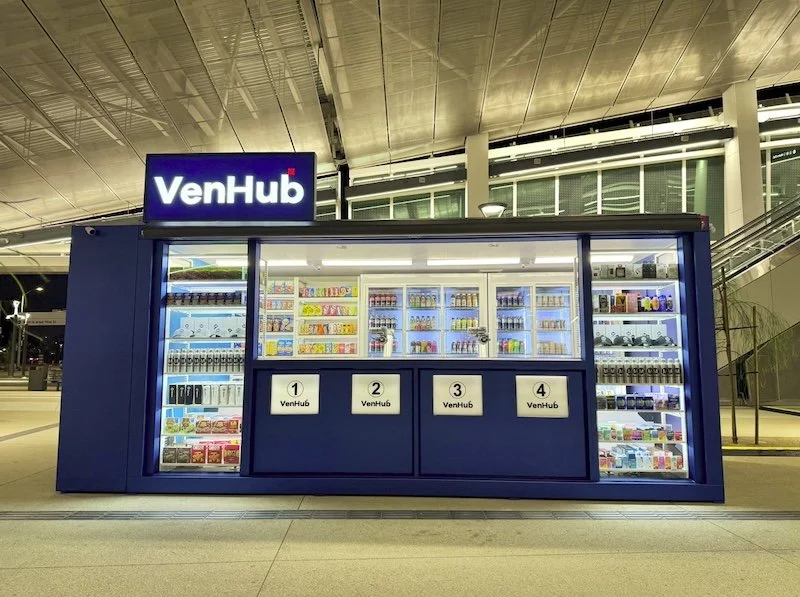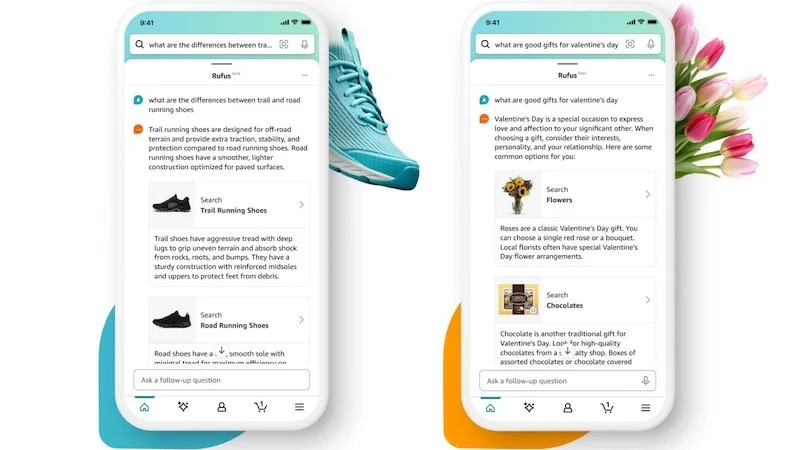How technology shapes the hybrid workplace
Technology continues to change how a lot of things work nowadays.
For instance, today, it is possible to play all the casino games you love most at top rated gaming sites, such as the hitnspin casino, using the device of your choice. Technology has also had a huge impact on the nature of the workspace.
Numerous organisations are now leaning towards hybrid workplaces. These are flexible models where people can partly work in a physical “office” and partly remotely either at home or from another workstation. In essence, allows a combination of remote and in-office work.
A study from Accenture revealed that 58% of the respondents enjoyed the hybrid experience during Covid-19. The individuals reported stronger working relationships, better mental health, and less burnout than those who worked fully remotely or fully on-site.
A majority agreed that the hybrid model would be the best option moving forward. How is the world preparing for this possible shift? Let’s look at some of the ways tech is shaping the hybrid workplace for everyone interested in the model.
Communication solutions
One of the primary ways in which tech is shaping the hybrid working space is by offering effective communication avenues. This is important, especially seeing that not all employees will be under one roof at all times and may need to communicate occasionally.
With various types of structures and meetings, an organisation can stack different technologies to accommodate the needs of a geographically distributed workforce. This way, if there is a meeting that requires attendees from different places to join at the same time, it can happen without any issues in a secure environment.
This has been made possible through a number of video conferencing tools like Microsoft Teams and Zoom. Organisations also leverage other technologies to enjoy optimal formats for meetings like:
● In-room visual/audio with quality 2-way audio arrangements;
● USB-based display and sound that external attendees can use to plug and play
● Integrated cameras;
● Native meeting rooms;
● Several digital displays;
● Closed captioning tech for those with sub-par audio connections or auditory impairments;
● Spatial audio capacities;
● AI (artificial intelligence)-based speaker identification.
These are super helpful because they facilitate real-time communication as well as collaborations. Other than the video conferencing tools, tools like virtual whiteboards and project management software allow remote teams to work together efficiently and seamlessly.
Enhanced accessibility
Another area where technology helps to shape the hybrid workplace is by enhancing accessibility. It includes ease of access to information and resources remotely. Companies can now invest in secure and practical cloud-based storage solutions like Dropbox and Google Drive.
These allow for easy access to files and documents from any device anywhere. Employees can also take advantage of VR (virtual reality) and AR (augmented reality) technologies that allow remote workers to work on the same projects together as though they were in one physical location.
Additionally, tech has made it possible for organisations to change their digital and physical environments by upgrading meeting rooms and updating IT infrastructure for remote security and access. It is also important to mention that VR and AR also offer interactive ways to train employees who are working remotely.
The technology is particularly useful for industries that require hands-on experience, like health care or manufacturing. Expert trainers can use stimulated environments to mimic real-world scenarios.
Cybersecurity and data protection
Technology also plays a huge role when it comes to data protection and cybersecurity.
Companies can now take advantage of sophisticated systems like encryption and VPNs when setting up hybrid working models. Because employees can access official company data from various locations, it becomes increasingly important to secure sensitive information. Virtual Private Networks (VPNs) and encrypted information make sure that individuals enjoy secure access to corporate systems.
In line with this, companies are also adopting the “zero trust architecture.” It is a cybersecurity approach that assumes no one, outside or inside an organization, is trusted by default. For this reason, each access request is strictly verified as though it is always coming from an open network to beef up security.
Digital workflow automation
Technology has also made the process of digital workflow automation a lot easier, a huge plus for all organizations that are investing in hybrid working stations. There are plenty of automation tools, most of them powered by AI.
People use these to reshape competitive tasks such as employee onboarding, data entry, and customer support through automated ticketing systems and chatbots. It comes as a huge relief because it reduces administrative burden and simultaneously increases operational efficiency.
A great example is RPA (Robotic Process Automation), which automates routine tasks that in the past required human intervention. This frees up employees’ time and energy so that they can focus on higher-level work for the company's success.
Time tracking software like Time Doctor and Hubstaff also helps employers track productivity remotely by monitoring project progress, activity levels, and work hours.
Technology is a life saver
We can confidently state that technology has been quite the lifesaver when it comes to the success of the hybrid working model. It allows both employers and employees to work seamlessly and in sync regardless of the location from which a person chooses, which is quite impressive.































Continue reading…